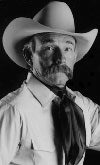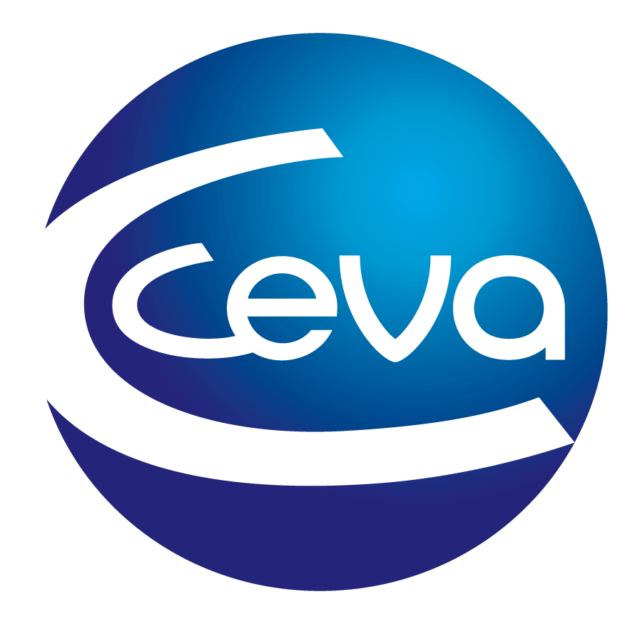When I started practicing feedlot medicine in the late ’60s it was a fairly new specialty. Feedlots, as we picture them now in the Midwest and Southwest, were not as common.
But by the time I hired on with the Diamond A out of Roswell, New Mexico, 20,000-head yards were spreading across the country. They prospered in the more arid Southwest because mud is the biggest enemy of feedlot grain.
The Imperial Valley of California, the desert country of Arizona and the Texas panhandle became popular places to feed cattle.
The veterinary profession also faced a new challenge – the herd heath of 50,000 head of cattle on feed in one place. Most feedlot managers did not even consider a DVM on the staff full-time.
Very quickly the job of “head doctor” became a feedlot occupation. But, all too often, they got in over their head.
A certain group of veterinarians responded by offering themselves as consultants. They would schedule regular, usually weekly, visits to the feedlots to oversee treatment programs, processing of the incoming and diagnosis of the sick and dead.
To get the job done, it was imperative that the feedlot employees, head doctors and processing crews, in particular, have a good understanding of animal health. So a handful of these consulting veterinarians began teaching rudimentary veterinary medicine to the feedlot laymen.
This caused a grand uproar in the veterinary profession – “teaching laymen to do what veterinarians were licensed and trained to do.” And it took many years before the profession, in general, recognized the reality of caring for confinement animals.
But the consulting veterinarians of that time, the elite of our profession, now the highest paid of the DVM specialties, were royalty in my eyes.
They were like the Supreme Court, the Rat Pack, the font of wisdom for aspiring feedlot veterinarians like me. They roamed the plains of Texas, Kansas, Oklahoma and California like gunfighters; Paladin or Eliot Ness, in a Cessna 182 mixing tetracycline powder and carrying blood tubes and necropsy knives.
Names like Dehyle, Brimhall, Cerniga, Bechtol, Sheldon, Crane, Johnson and Rinker hung in the rafters of my vocabulary. They were the equivalent of Apollo astronauts exploring a new type of medicine that was not being taught in vet schools. I imagined they walked on golden streets; they were the epitome of what I could achieve.
Across the poker table from the vets were the independent consulting nutritionists. Gunslingers like Eng, Autry, Coolie, Erwin, Elam, Noftzinger and Algeo covered the commercial feedlot world like secretaries of state, dispensing diplomacy, gossip and supplements like frankincense and myrrh.
Feedlot managers talked to each other about their consultants like they were their personal racehorses. Today, this specialty practice they invented has blossomed into the Academy of Veterinary Consultants, some 880 members strong.
I feel I must make a disclaimer – the individuals I named were the generation before me. Each decade has brought in a new set of feedlot practitioners, professors, scientists, nutritionists and company vets.
Their continuing contributions keep the bar rising … and some of them are characters, too. But to the groundbreakers, wherever you are, retired on the porch, in the chronic pen, or with your hand up the back of a cow for ol’ times sake, we salute you.
You will always be our excuse. All we ever need to say is, “Well, that’s the way the big boys used to do it!” PD




